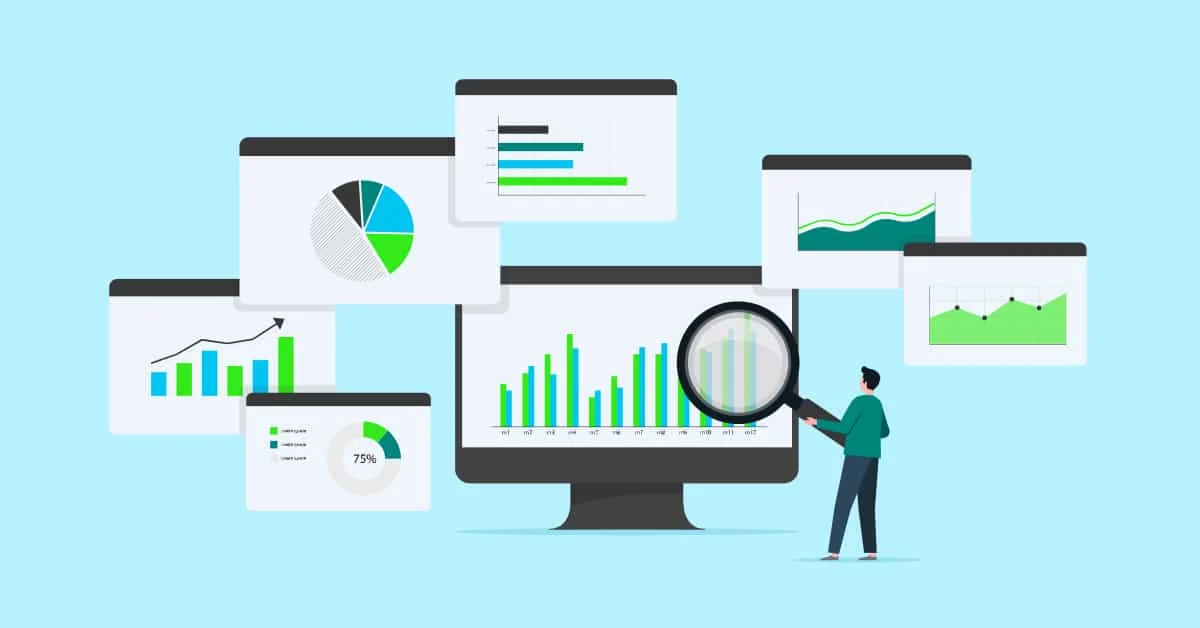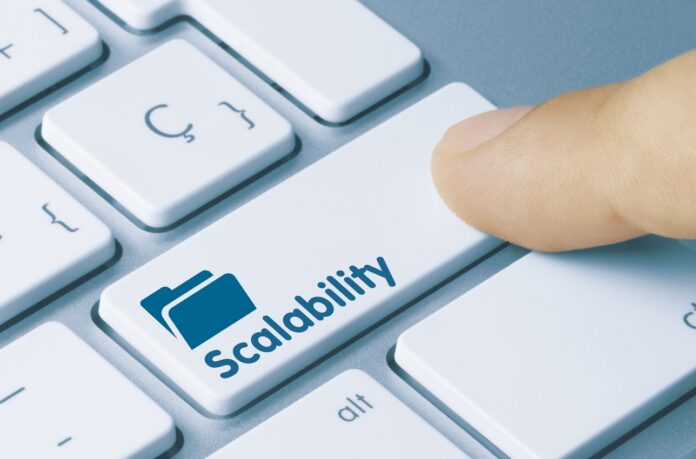In the vast digital ocean where data ebbs and flows like the tides, there lies an unseen current, a force that shapes the landscape beneath the surface. This unseen current, ever-changing and dynamic, holds within it the power to transform chaos into clarity, disarray into order. It’s a world where data, in its infinite forms and functions, is the lifeblood that fuels businesses, propelling them towards success or steering them towards uncharted challenges. In this digital odyssey, the quest for harmony in the tumultuous seas of information is not just a desire, but a necessity for survival and growth. Enter the realm of Master Data Management (MDM) tools, the compasses and maps guiding enterprises through these intricate waters.
Do you wish for data harmony? With the dynamic and ever-changing data management landscape, businesses increasingly turn to Master Data Management tools to bring order to the information chaos. Implementing these MDM tools, however, is not a one-size-fits-all endeavor. To navigate the complexities and ensure seamless integration, following best practices that streamline the process and maximize MDM’s benefits is crucial. Let’s dive into the key strategies for successful MDM tools like data management software and their implementation.

Understanding The Core Concepts
Before embarking on the MDM journey, it’s imperative to grasp the fundamental concepts that underpin these tools. At its core, MDM is about creating a single, authoritative source of truth for critical business information. This encompasses customer information, product details, financial records, and more. By centralizing and standardizing this data, organizations can eliminate inconsistencies and redundancies, paving the way for informed decision-making.
Establishing Clear Objectives
Like any transformative initiative, implementing MDM should begin with a clear understanding of what you aim to achieve. Define your objectives with precision – whether it’s improving information accuracy, enhancing regulatory compliance, or streamlining business processes. This clarity not only guides the selection of the right MDM tools but also ensures that your team is aligned and committed to the end goals.
Building A Cross-Functional Team
Successful MDM implementation requires collaboration across various departments. Establish a cross-functional team that includes representatives from IT, data governance, business operations, and other relevant areas. This diverse group can provide a holistic perspective and address the unique needs of different stakeholders. It’s not just a technical endeavor – MDM is a strategic initiative that impacts the entire organization.

Data Quality Assessment
The adage “garbage in, garbage out,” also known as GIGO, holds true in the world of MDM. Before deploying any tools, thoroughly assess your existing data quality. Identify inconsistencies, errors, and duplicate records. Cleaning and standardizing the information at the outset sets the stage for a more effective MDM implementation. Remember, the success of MDM is contingent on the reliability of the data it manages.
Prioritizing Data Governance
MDM and data governance go hand in hand. Establish robust data governance policies to ensure data integrity, security, and compliance. Clearly define information ownership, establish stewardship roles, and implement access controls. A well-defined governance framework mitigates risks and instills confidence in your data’s accuracy and reliability.
Scalability And Flexibility
As your business grows, so does the volume and complexity of your data. Choose MDM tools that are scalable and flexible to accommodate future expansion and evolving data requirements. Adapting to changing business landscapes and incorporating new info sources is critical for the long-term success of your data strategy.

User Training And Adoption
Introducing MDM tools to your team requires more than just technical know-how. Invest in comprehensive training programs to familiarize users with the new systems and processes. Foster a culture of data stewardship where every team member understands the importance of maintaining high-quality data. User adoption is a linchpin in the success of MDM implementation.
Incremental Implementation
Rather than attempting a full-scale implementation, consider a phased approach. Start with a pilot project or focus on a specific domain. This allows your team to learn, iterate, and address challenges in a controlled environment. Gradual implementation minimizes disruption to daily operations and enables you to demonstrate tangible benefits early in the process.
Continuous Monitoring And Improvement
MDM is not a one-and-done task. Implement mechanisms for continuous monitoring of data quality, system performance, and user feedback. Regularly review and refine your MDM strategy based on evolving business needs and technological advancements. The agility to adapt and improve ensures that your MDM initiative remains effective in the long run.

Celebrating Successes And Learning From Challenges
Acknowledge and celebrate the achievements and milestones of your MDM implementation. Recognize your team’s efforts and highlight the positive impact on business operations. Equally important is learning from challenges and setbacks. Use them as opportunities for improvement, refining your approach to overcome obstacles and enhance the overall effectiveness of your MDM strategy.
Data Privacy and Security
In the realm of MDM, safeguarding the sanctity of data is paramount. This isn’t merely a matter of internal policy, but a compliance mandate with global data protection regulations like GDPR. The art of mastering data management involves more than just organizing and analyzing; it’s about fortifying the data against breaches and unauthorized access. Implementing robust encryption and stringent access control measures is not just a best practice—it’s a shield against the ever-looming threats in the digital world. This ensures that sensitive information remains a treasure secured under lock and key, accessible only to those with the right map and keys.
Change Management
The introduction of MDM tools often heralds significant changes in organizational workflows and processes. This shift can be as tumultuous as the sea during a storm if not managed with care. Preparing employees for this change is akin to training sailors for a voyage into uncharted waters. It involves not only equipping them with the necessary skills and tools but also ensuring they are mentally and emotionally ready for the journey ahead. This change management is critical in ensuring that the transition to MDM is as smooth as the calm after a storm.

Cost and Resource Management
The financial aspect of MDM implementation is a balancing act on the high seas of business. It’s not just the initial investment in MDM tools that needs consideration, but also the ongoing maintenance costs. Like a ship’s crew, resources, both human and technological, must be allocated judiciously. Budgeting for MDM is a strategic exercise, one that requires foresight and planning. It’s about ensuring that the resources at hand are used efficiently, paving the way for a journey that’s both financially viable and successful.
Conclusion
Implementing MDM tools is a transformative journey that demands careful planning, collaboration, and a commitment to data excellence. By following these best practices, businesses can not only master their info but also unlock the full potential of informed decision-making, regulatory compliance, and operational efficiency. It’s not just about managing it but mastering the art of data harmony for sustained success.









